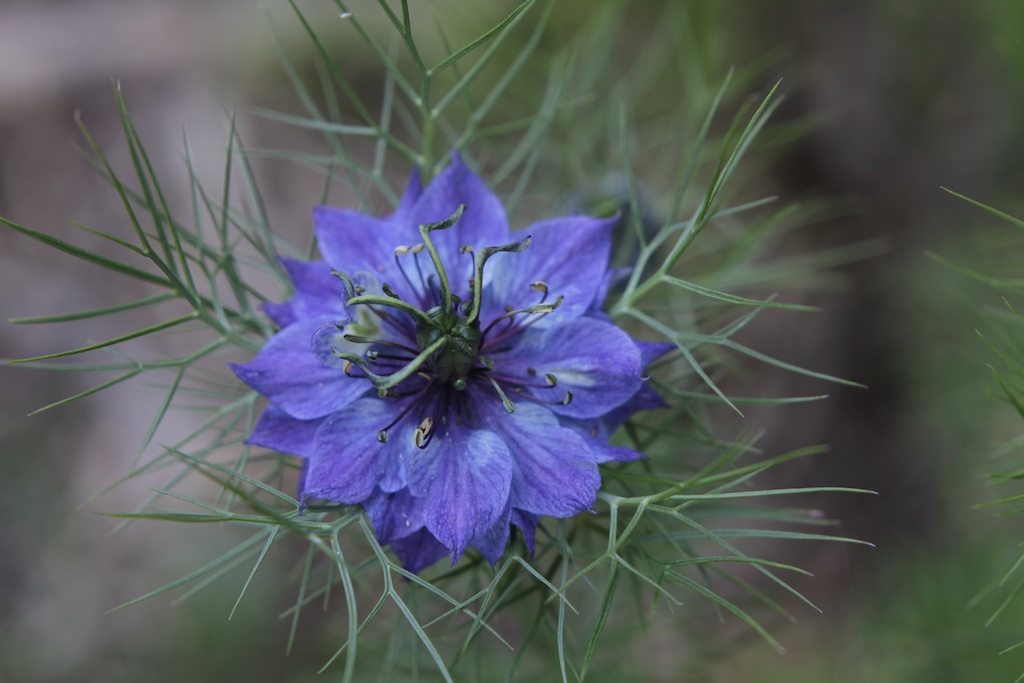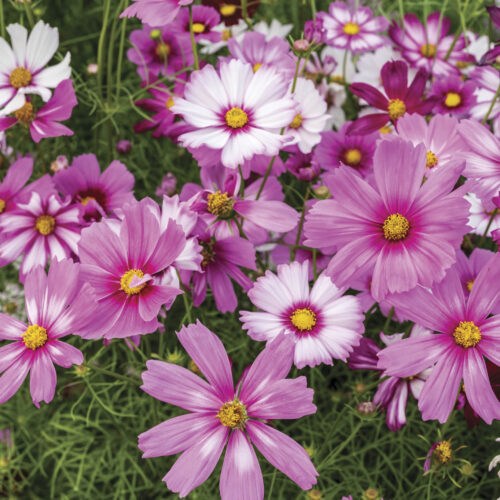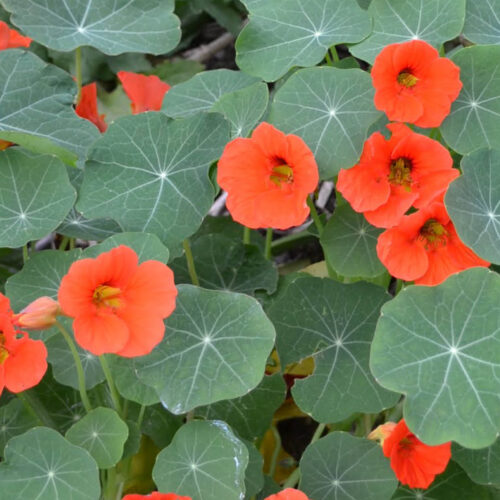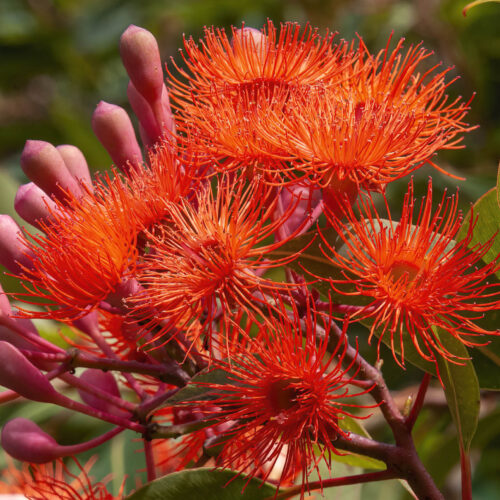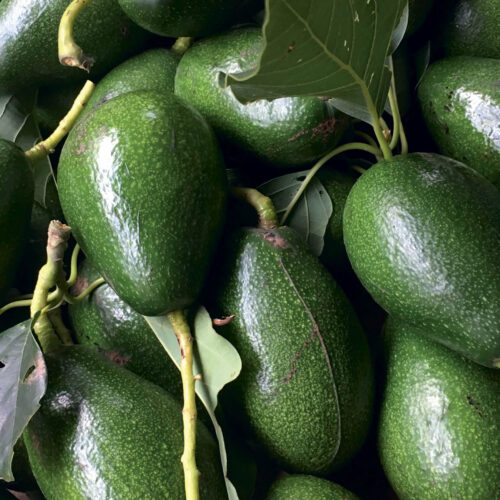Love-in-a-mist
2017-12-16T03:29:02+11:00
Penny Woodward says that despite its delicate looks, love-in-a-mist is surprisingly tough and easy to grow.
A beautiful, delicate-looking annual with feathery blue-green leaves, love-in-a-mist (Nigella damascena) reaches about 50cm in height and despite it’s looks is surprisingly tough and easy to grow. It’s looking fabulous in my garden right now, but can be grown from the tropics (in winter) to cold temperate regions thriving in most soils as long as they are well-drained. Planting at this time of year with unexpected heat waves, put them in a position where they’re shaded from the hot westerly afternoon sun. Mine self-sow from year to year, happily filling wild spaces and bring great joy when they flower.
It’s evocative common name, love-in-a-mist, comes from the ‘misty’ foliage. But obviously not everyone felt about it in the same way as it was also known as devil-in-the-bush and Jack-in-prison. Other early names are St. Katharine’s flower, fennel flower, love-in-a-puzzle, gith and nigella. Old fashioned flowers were often combined in tussie-mussies to send messages to loved ones, or those suffering ill health. And in this language of flowers, a love-in-the-mist flower means perplexity, you puzzle me, openness to love and kiss me. It feels like a pretty confusing language at times. If you want to know more go to the lovely small book Flowerpaedia, 1000 flowers and their meanings, by Cheralyn Darcey, which tells us it’s also the flower, along with forget-me-not, that you give to a friend on a Friday, and amongst the Zodiac symbols it is one of the flowers for Libra.
Sow seed into containers in autumn and winter and transplant once the seedlings are big enough to handle, planting in clumps for a more dramatic effect. Flowers appear in late winter, spring and early summer, and once established this flower will self-sow. In very warm regions, protect from the hot afternoon sun. Flowers are usually many different shades of blue, but there are also white, pink and burgundy flowered forms. Both the flowers and unusual seed head look wonderful in flower arrangements, and the flower is edible. The original form of this flower N. sativa, also known as black cumin, has flowers that are not as showy, and is grown for its black, peppery, aromatic seeds that are used as a spice. Seed of both is available from most seed suppliers.

